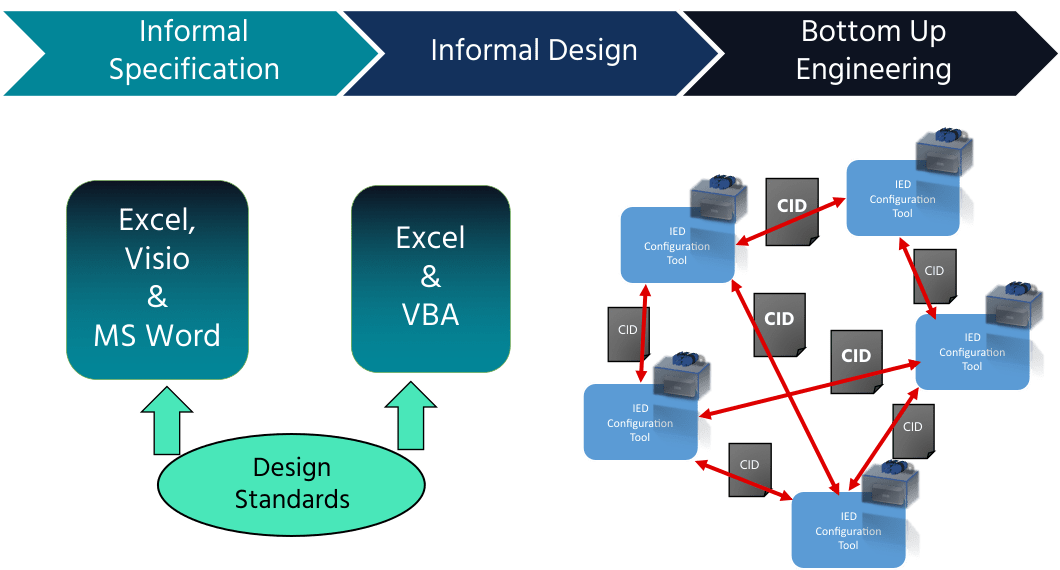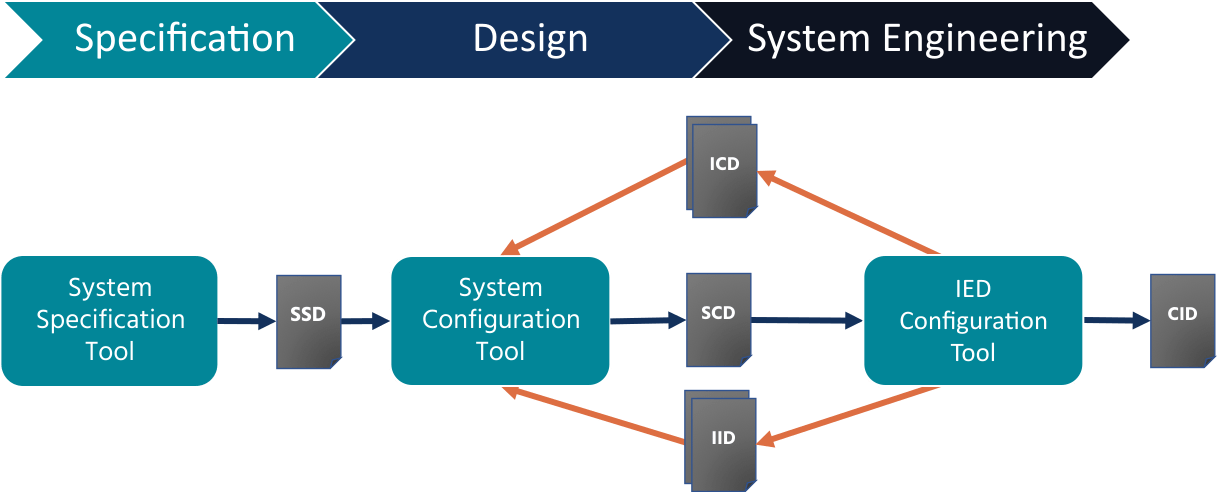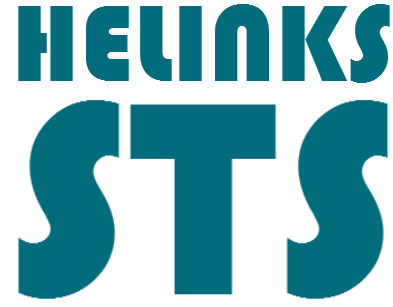Top-Down and Bottom-Up
Top-down and bottom-up are two different approaches to systems engineering which both offer distinct advantages and disadvantages. This chapter contains a short explanation of each approach, and outlines how Helinks STS can be leveraged with it to increase productivity.
Bottom Up
Basic Explanation
Specification consists of informal documents (Excel, Vision, etc.)
System Integrator or Vendor generates all design and tests to meet the specification
IEDs are engineered directly with all Datasets, Reports, Goose and signal flows using the IED Configuration Tool (ICT) provided by the vendor
CIDs are exchanged multiple times between IEDs to set up subscriptions

Advantages
Allows for a faster learning experience to build up basic competency in IEC61850
Higher initial flexibility, allows for easier changes (good for brownfield, or ‘one-off’ cases)
Higher immediate practical application
Disadvantages
Design changes require significant re-engineering
Change management for engineering standards is significantly more difficult
Low reusability of engineering for subsequent projects
Scales poorly with the complexity of a project due to high number CID exchanges
Top Down
Basic Explanation
Create a formal specification in the form of a Substation Specification Description (SSD) file
IEDs are imported as IED Capability Descriptions (ICDs) and engineered in the System Configuration Tool (SCT)
SCT creates a Substation Configuration Description (SCD) which is used with the ICT to configure the IEDs
IED Instance Descriptions (IIDs) and the SCD may be exchanged multiple times to complete the process

Advantages
High reusability
Design iterations are simple
Reduced whole of life costs
Results can be simulated and tested early to match requirements
Disadvantages
Higher initial costs
Higher initial design time
More difficult to apply to brownfield sites
